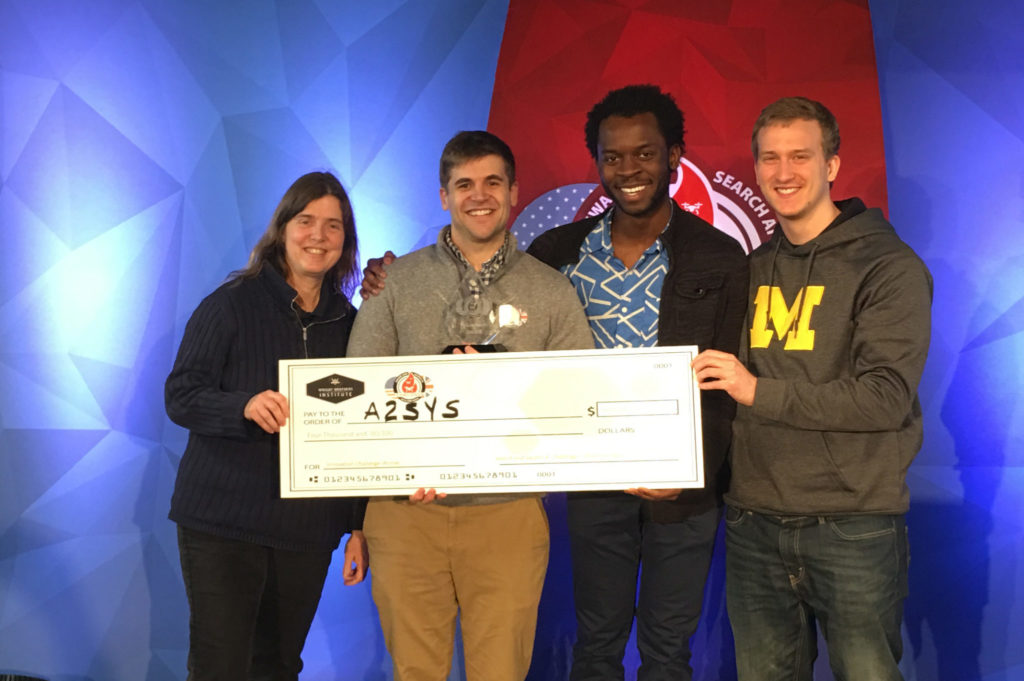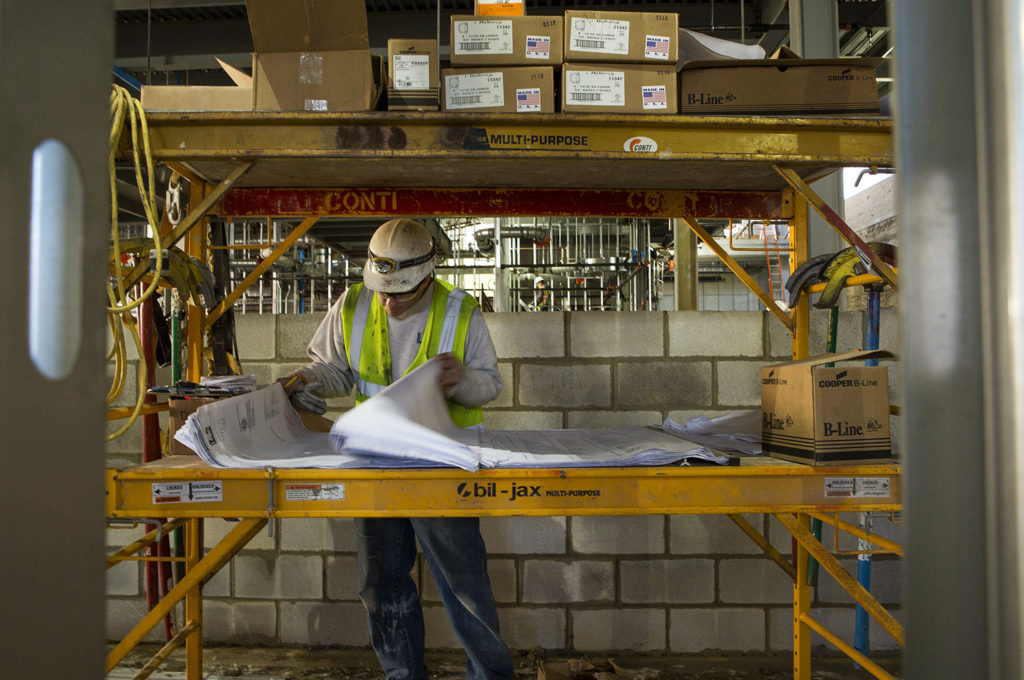A2Sys Lab takes first in firefighting drone competition
April 2, 2019

Last year, California experienced the single largest wildfire in its recorded history, a wildfire in Greece killed 100, and wildfires in the British Columbia surpassed the historic proportions seen only the year before. Water and firebreaks can fight immediate threats, but improved mapping and better planning in deploying such resources can maximize impact and minimize risk, reducing the impact of fires over an entire season.
One way to improve mapping and firefighting plans? Unmanned aerial vehicles (UAVs) and algorithms that allow them to operate autonomously.
Continue reading ⇒

